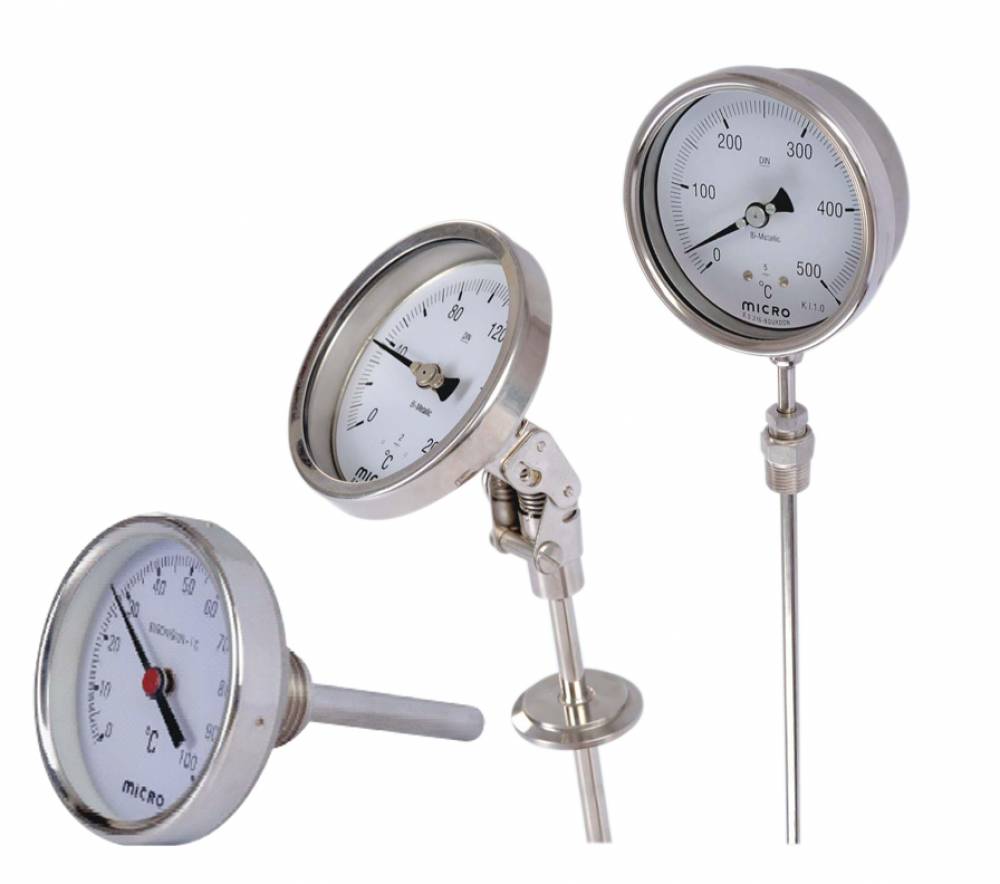
Temperature Gauges are devices used to measure and display the temperature of a system, process, or environment. They come in various types, including analog and digital models, and are essential tools in industries such as manufacturing, HVAC, automotive, and food processing, where precise temperature monitoring is crucial.
Analog Temperature Gauges: These gauges typically feature a dial or scale with a needle that moves in response to temperature changes. They often use bimetallic strips, liquid-filled systems, or mercury to detect temperature changes and display the result on a calibrated scale.
Digital Temperature Gauges: These provide a digital readout of the temperature, offering greater precision and easier readability compared to analog models. They may use thermocouples, resistance temperature detectors (RTDs), or thermistors to sense the temperature and convert the data into a digital display.
Temperature gauges are used to monitor a wide range of processes, ensuring that conditions remain within safe or optimal ranges. They can be designed for high or low-temperature environments and often feature additional functionalities, such as alarms or remote monitoring, to help operators manage systems efficiently and safely.

Rajdeep, founded in 2022, has established itself as the leading Manufacturer & Supplier of high-tech instrumentation in the field of Temperature Measurement, System Automation and various process control instruments.
Address:RAJDEEP AXIM DHARMSIDDHI SOCITY,
BEHIND NAVA SEVA SADAN, MORBI-2,
PIN CODE – 363642